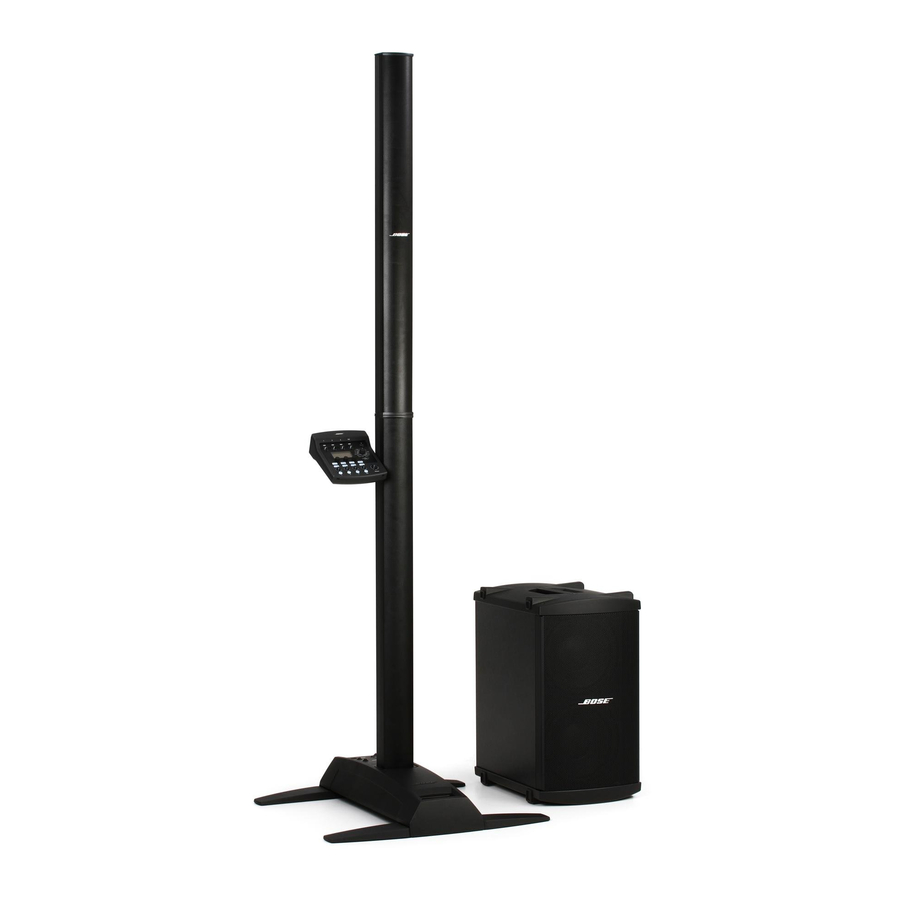Using an effects processor
IMPORTANT: When using an effects processor, determine and use the proper connection
method (serial or parallel) for your application. Some effects MUST be hooked up in serial.
Serial connection method
With the serial method, the complete signal is routed directly into one or more effects
processors. Serially connected effects processors are connected in a chain and the signal is
processed sequentially. Nearly all "stomp boxes" for guitars work this way, such as, an
overdrive followed by a reverb.
In a serial effect hookup, the order in which effects are connected together matters. For
example, it makes a big difference whether you run first through the overdrive and then the
reverb, or first through the reverb and then through the overdrive.
Note: Always connect electronic equalizers, compressors, and limiters in serial.
Parallel connection method
The parallel method is mainly implemented in conventional mixers through "aux" or "effect"
send/return connections and controls. Effects processors get the original (unprocessed)
signal as an input. The output of effects processors is then added together and summed with
the original clean signal. There is a component of the original signal present in the output,
such as reverb and delay, which are used for vocals.
Note: The parallel method mixes the original signal with the processed version. In the case of an
equalizer, this generates highly undesirable interference and potential phase cancellation. Many
digital effects processors have an internal processing delay, which is applied to the signal, even
if no effect setting is applied. Mixing this delayed output with the original signal can result in
unintended comb filtering.
O
I
PERATING
NSTRUCTIONS
25

